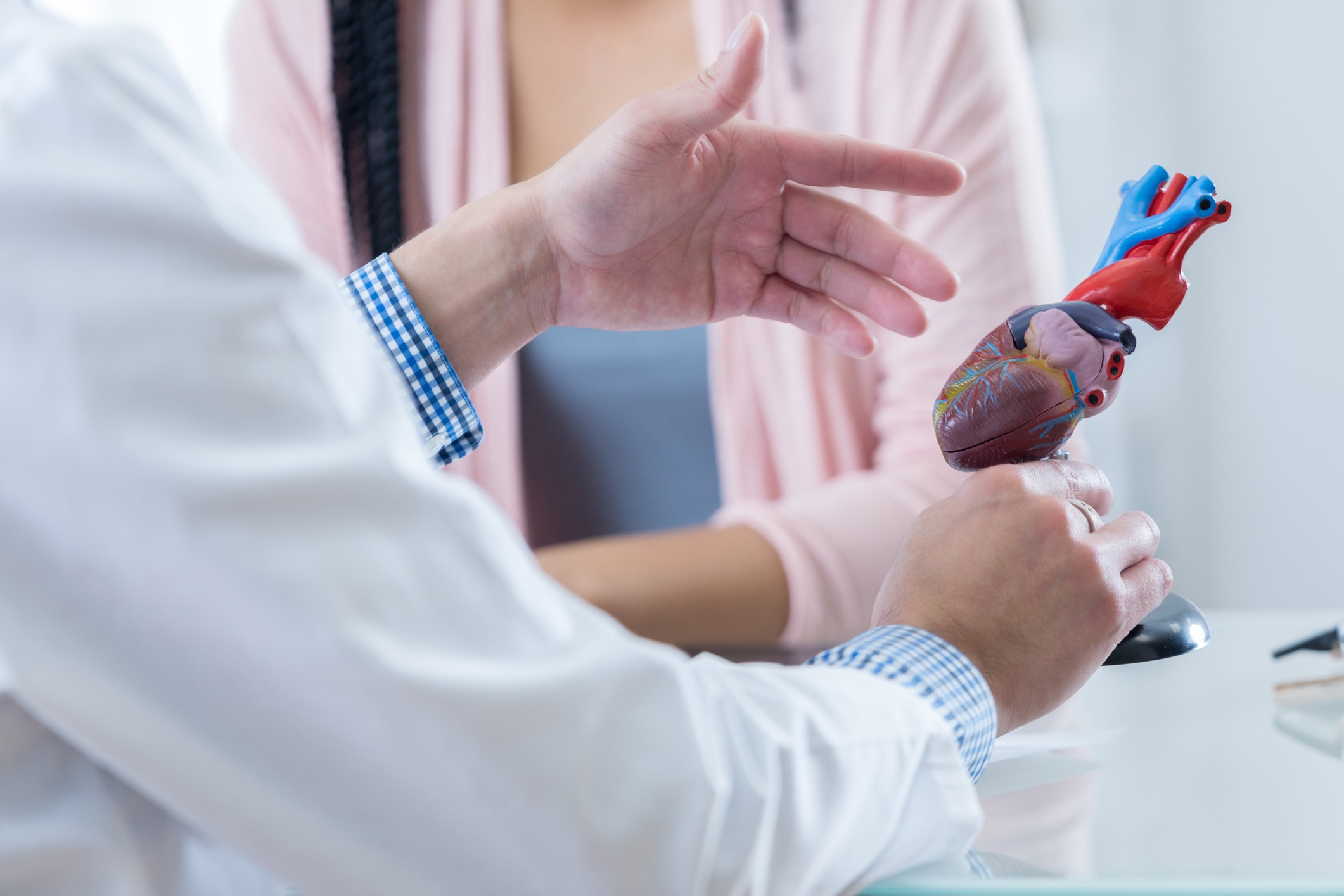
A group of researchers from Johns Hopkins has recently created 3D personalized heart simulations that can assist physicians in stopping potentially fatal cardiac abnormalities. With this technology, cardiac specialists can accurately visualize cardiac tissue that should be destroyed to prevent irregular and rapid heartbeats in patients with scarring of heart tissue. The team conducted a retrospective analysis of 21 patients and prospective study including 5 patients with ventricular tachycardia that, according to their study published in Nature Biomedical Engineering, showed that this 3D simulation integrated procedure is ready to move on to clinical trial evaluation.
In a normally functioning heart, a wave of electrical signals through specialized muscle fibers that cause the heart to contract in a normal, rhythmic manner. Those who suffer from ventricular tachycardia experience misfiring of these electrical signals in the lower chambers of the heart, causing a staggered contraction pattern that causes rapid and irregular heartbeats. The condition is tethered to roughly 300,000 cardiac-caused deaths in the US every year.
Traditional treatment for the condition involves ablation of damaged tissue causing this misfiring, through use of a catheter and radiofrequency waves that destroy these groups of cells. Authors of this study note that precise targeting of the tissue can be challenging in many cases. With ablation of scarred cardiac tissue having a success rate between 50-88 percent, this new virtual model may help physicians better target their removal of damaged cardiac tissue to treat the condition.
Aiming to locate arrhythmias, or irregular heartbeats, with greater accuracy, Dr. Natalia Trayanova and her Johns Hopkins research team created 3D virtual models of patients’ hearts using enhanced MRI images. Using algorithms, cardiac cells in the model create electrical signals that represent how the cells operate adjacent to scarring, or healthy tissue. Users can induce small electrical currents to different locations of the virtual model to visualize where the heart is developing arrhythmias and where the tissue innervating this abnormality resides. Finally, the model can simulate an ablation to this area, allowing doctors to find the best fit region of tissue to destroy.
The research team tested their 3D simulation in guiding cardiac ablation in treatments of 3 patients with ventricular tachycardia at the University of Utah, and another pair of patients at the University of Pennsylvania. 2 of these patients have been free of cardiac irregularities for 23 and 21 months, and one remained free of the condition for 2 months. In 2 of the other patients, it was deemed that tachycardias were not replicable with the simulation and confirmed during the procedure, therefore ablation was not performed.
Going forward, Trayanova believes that clinical trial results are necessary to confirm the system’s efficacy in guiding cardiac ablations. The FDA recently approved such research at The Johns Hopkins Hospital as an investigational device exemption.
“One of the main challenges of catheter ablation is that we are performing procedures on very sick patients with advanced heart disease who have multiple areas in their heart that could sustain arrhythmias,” says future leader of these clinical trials, Dr. Jonathan Chrispin, Assistant Professor of Medicine at the Johns Hopkins University School of Medicine. “We are excited to begin testing Trayanova’s approach in a prospective clinical trial. We are hopeful that it can help us achieve our overarching goal of improving quality of life for patients suffering from treatment-resistant ventricular tachycardia.”
#3D virtual heart could help physicians better identify arrythmia, improve cardiac #ablation procedures @HopkinsMedicine #cardiacimaging #medicalimaging https://t.co/IYKmJex99j
— Health Imaging (@HealthImaging) September 13, 2018
Source: ScienceDaily


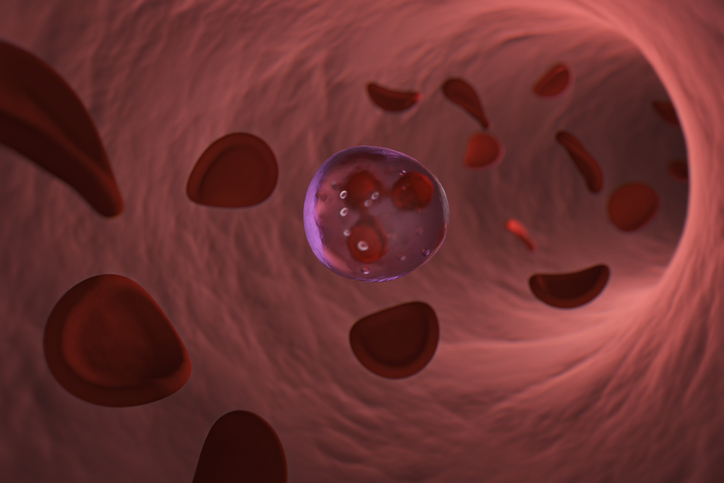
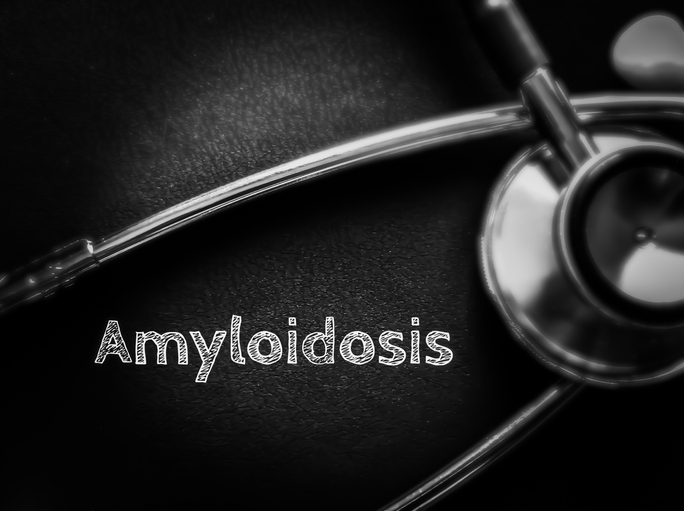
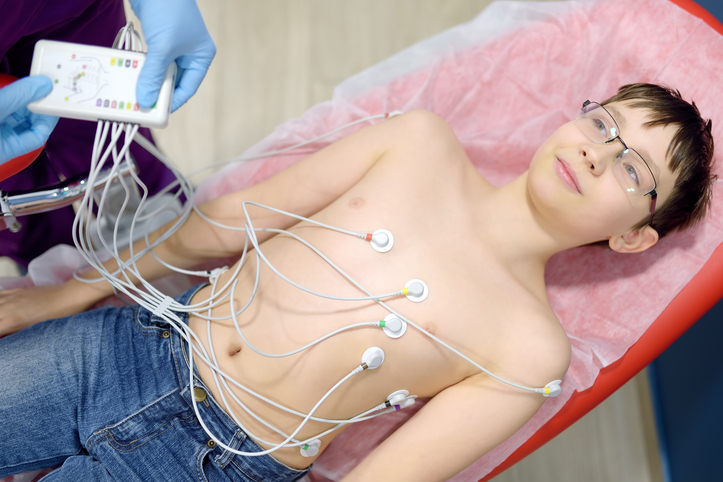
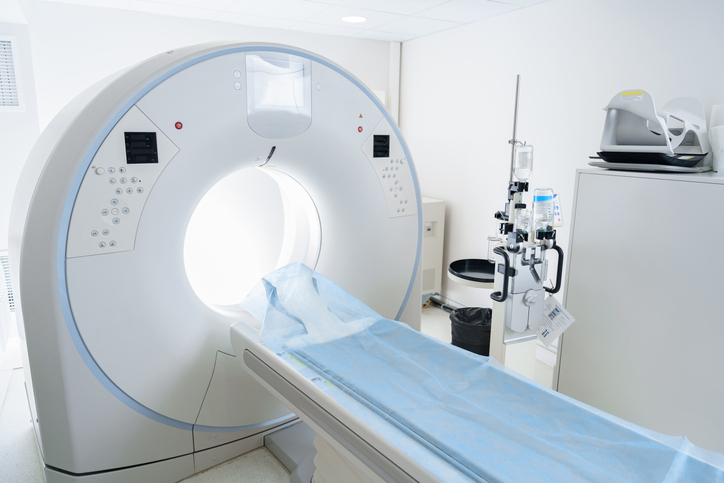

 © 2025 Mashup Media, LLC, a Formedics Property. All Rights Reserved.
© 2025 Mashup Media, LLC, a Formedics Property. All Rights Reserved.